From July 26 to August 9, 2025, a joint scientific team from the Research Center for Ecology and Environment of Central Asia (Dushanbe) of the National Academy of Sciences of Tajikistan, Institute of Botany, Physiology and Genetics of Plants and the Xinjiang Institute of Ecology and Geography of the Chinese Academy of Sciences conducted a comprehensive scientific expedition on the Pamir Plateau.
The main goal of the expedition was to study biological diversity—particularly plant communities—along with the physicochemical properties of soils and the genetic resources of the high-altitude ecosystems of the Pamirs, one of the world’s most unique natural regions.
Field research was conducted in the Western and Southern parts of the Pamirs. Due to the wide altitudinal and landscape coverage, the research team was able to carry out a thorough assessment of various natural ecosystems - ranging from mountain deserts and semi-deserts to alpine meadows and the coastal areas of high-altitude lakes and wetlands.
The Pamir Plateau is characterized by rich biodiversity, represented by the following main natural zones:
- Mountain deserts and semi-deserts.
- Mountain meadows and shrublands.
- Relict coniferous and broadleaf forests.
- Subalpine and alpine meadows.
- Glacial screes and rocky slopes.
- Coastal zones of mountain lakes and wetlands.
Among the most frequently encountered plant genera and species were Seriphidium, Ceratoides, Acantholimon, Ephedra, as well as members of the Poaceae (grasses) and Brassicaceae (mustard) families.
This expedition highlights the importance of scientific collaboration between researchers from Tajikistan and China in the study of biodiversity in the high-altitude ecosystems of the Pamirs. A comprehensive research approach that includes the use of modern genomic technologies contributes to a deeper understanding of how these ecosystems function.
The newly obtained data hold both fundamental scientific and significant applied value - especially in the context of assessing the impacts of climate change and human activities on the fragile natural systems and biodiversity of the Pamir Plateau.
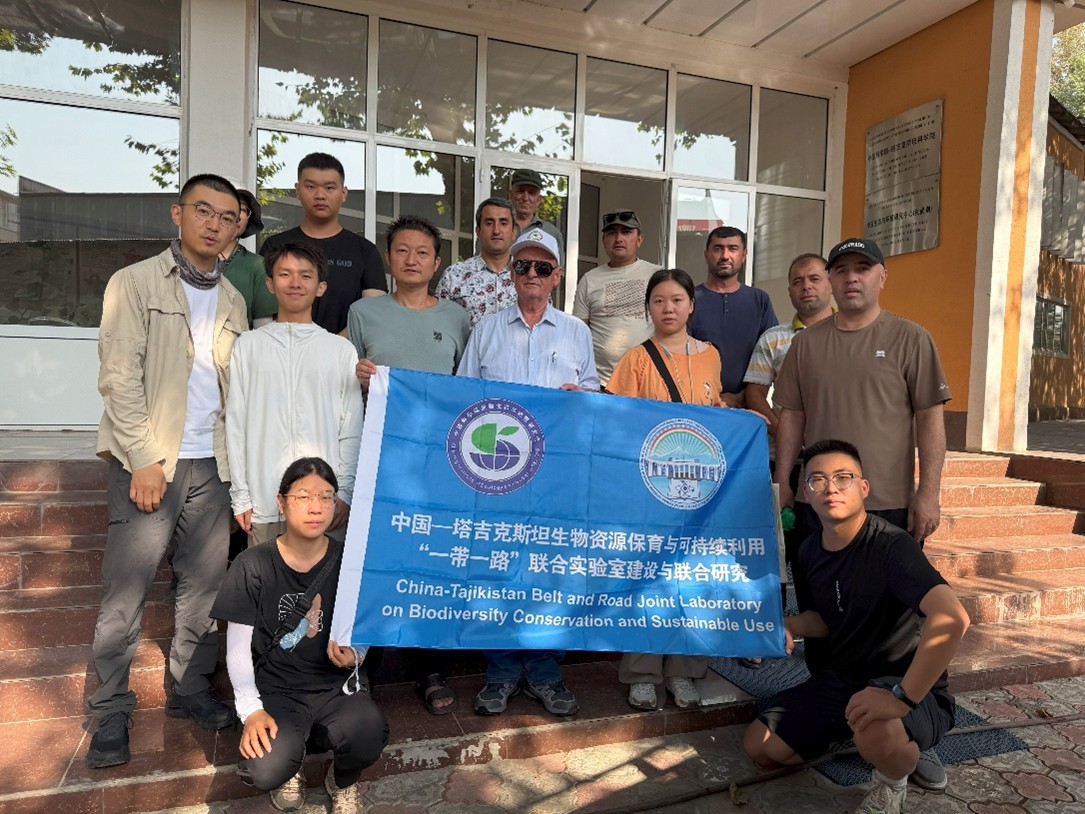
Participants of the joint expedition of Tajik and Chinese scientists.
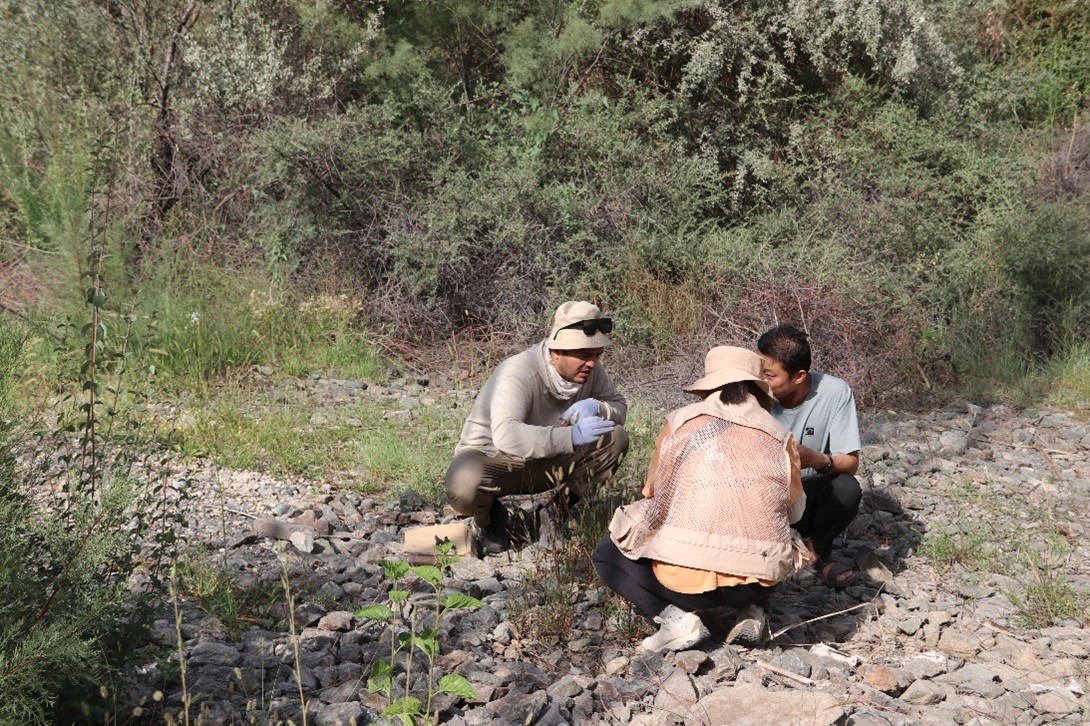
Field research process.
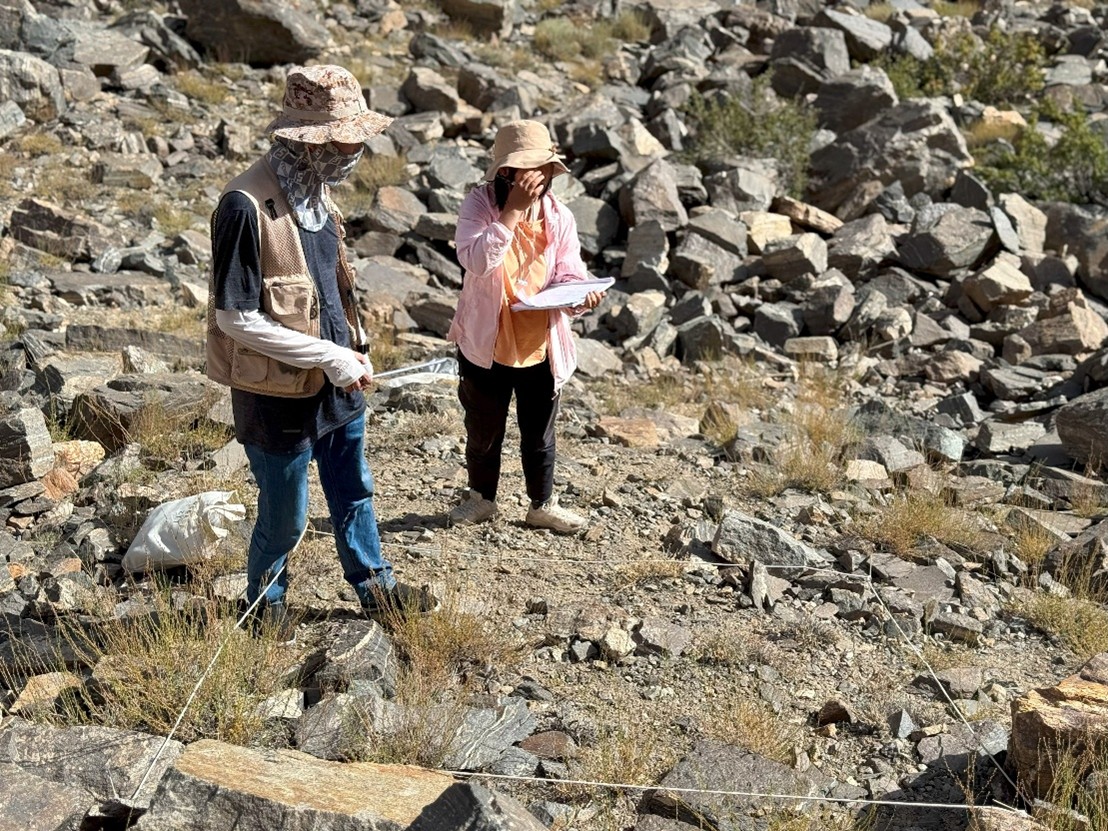
Field research process.
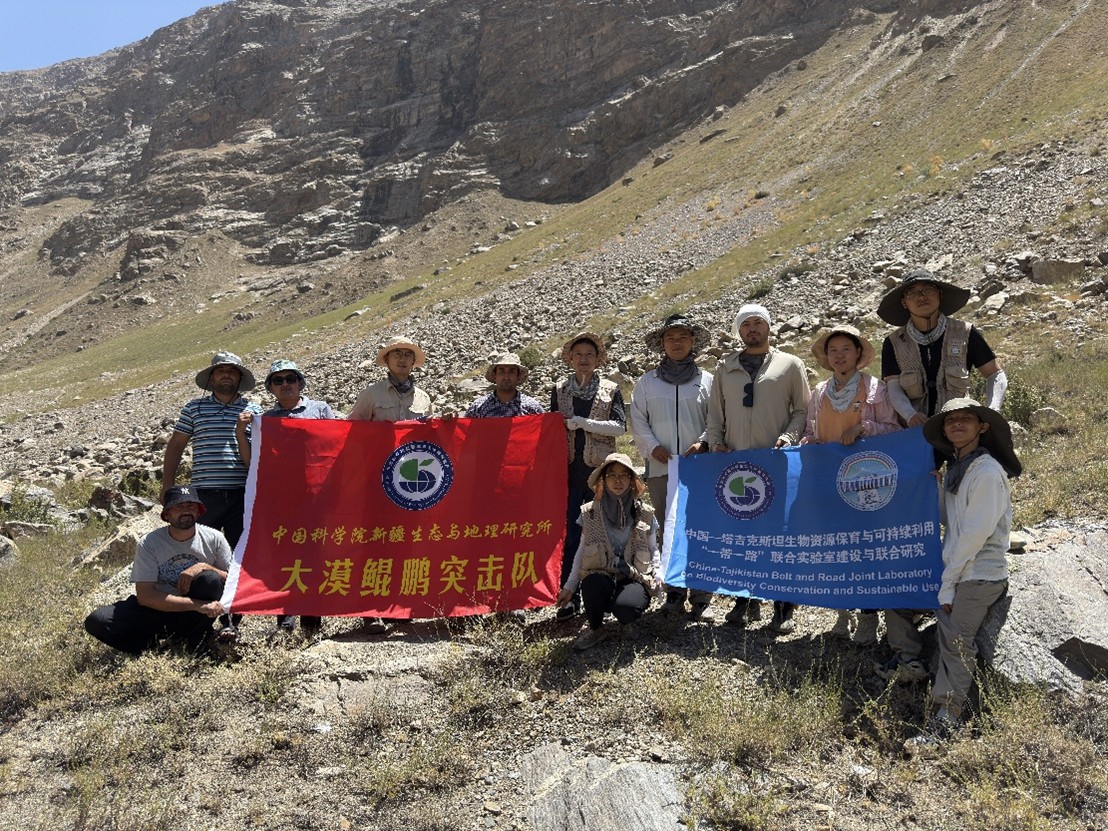
Participants of a joint expedition of Tajik and Chinese scientists in the Western Pamirs.

Field research process.
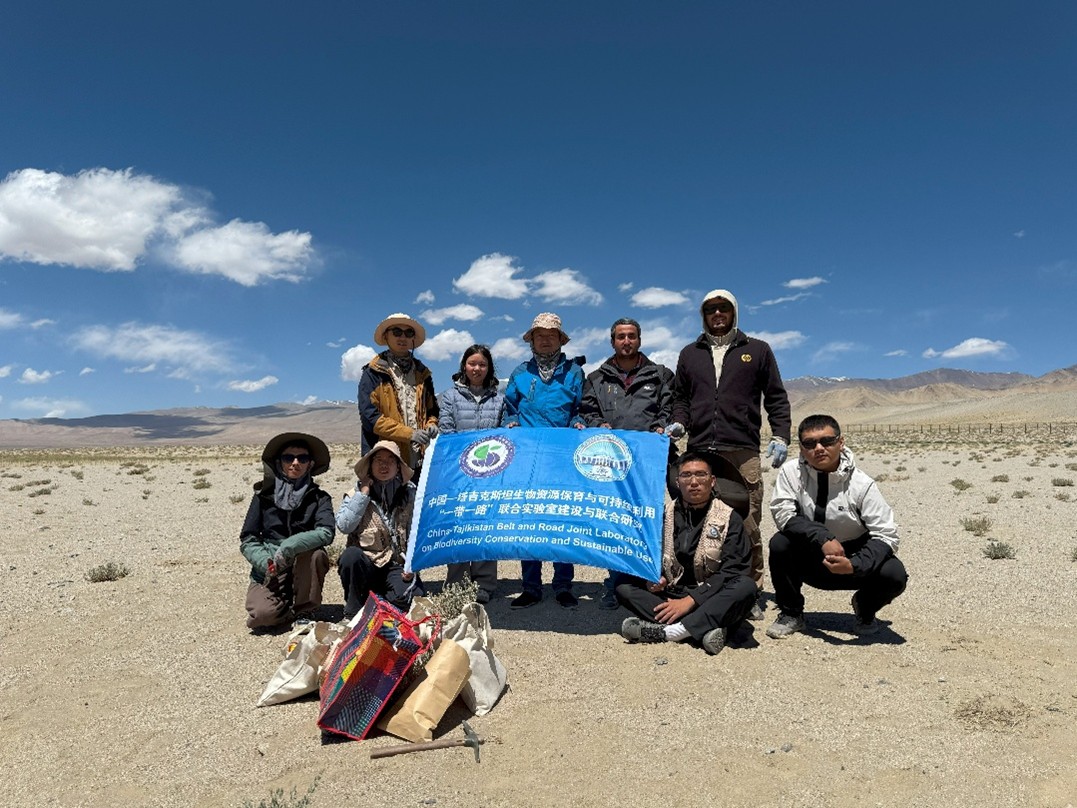
Participants of a joint expedition of Tajik and Chinese scientists in the Eastern Pamirs.
